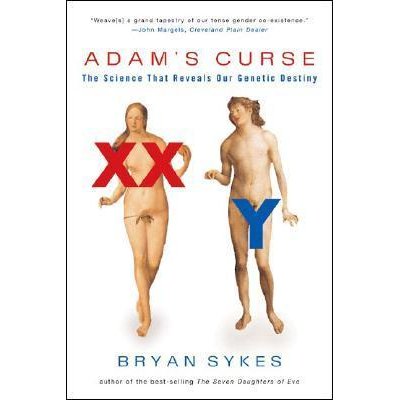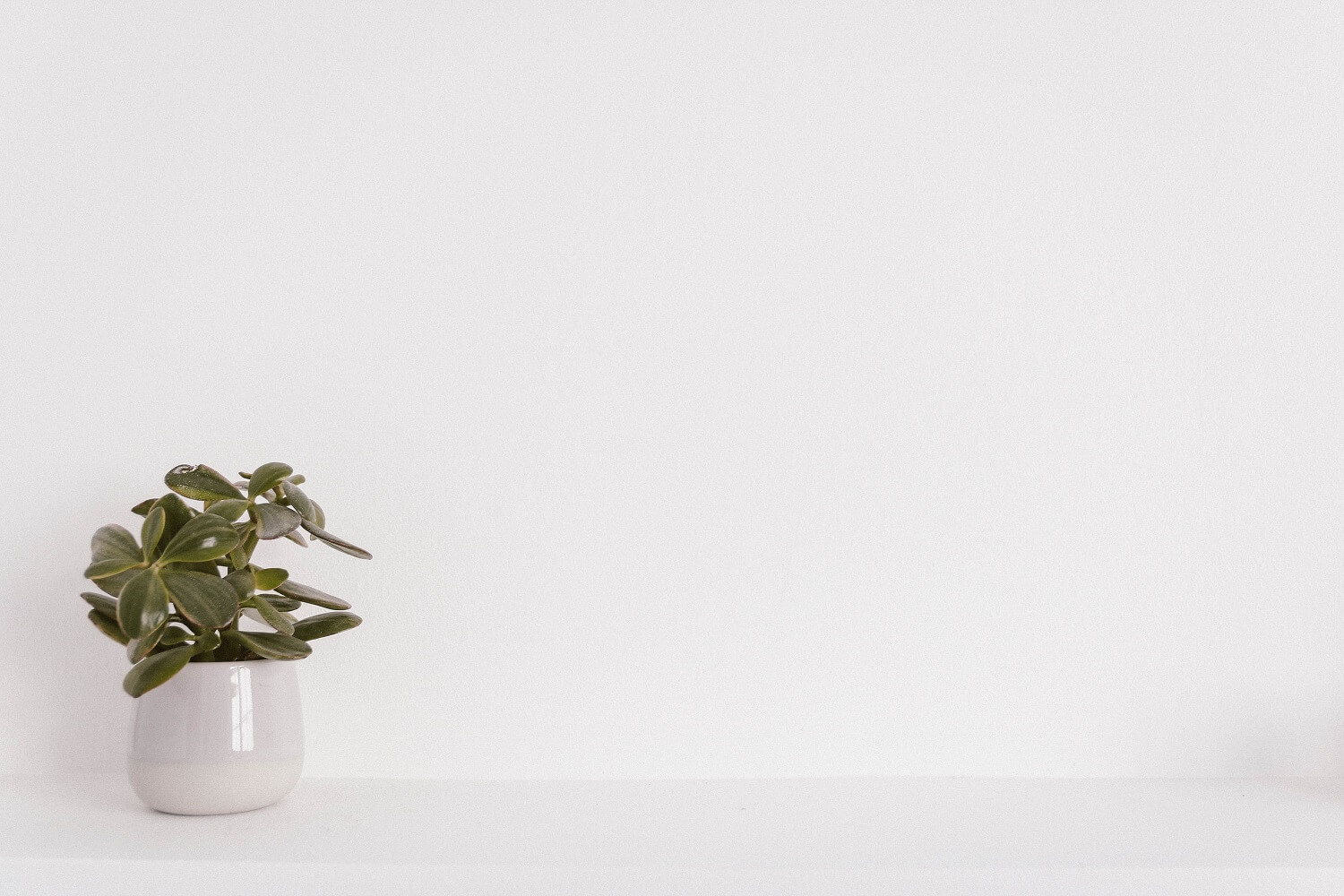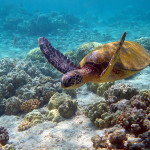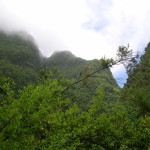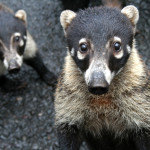Welcome to MYP Biology
Activity: We will start with the lab called ´looking at cells´
After the lab, reflect on what you have experienced by viewing the following questions:
Reflection prompts:
- What was the purpose of the microscopes?
- What was the purpose of the slides?
- Did this kind of experiment connect with anything you have seen or heard of before?
- What similarities did you view between the human cheek and the elodea materials under the microscope?
- What differences did you view between the human cheek cell and the elodea materials under the microscope?
- Personally, what laboratory skills did you learn during the activity?
Application: Organise your findings into a visual presentation comparing of the cells found in human cheeks and in elodea. You may include drawings in your presentation. Try to highlight the relationships that exist between the two different kinds of cells.
Cells
Most living organisms are made up of cells. These are the building blocks of living things. Cells look quite different for plants, animals and bacteria.
For example, for plant cells are surrounded by a cell wall made from cellulose, while animal cells are not. Plant cells also contain an extra organelle not found in animal cells, which aids in photosynthesis called a chloroplast.
Q) During your lab experiment comparing human cheek cells and elodea, what other differences did you note between plant and animal cells?
The components of a cell are called organelles. Animal and plant cells will typically contain:
A nucleus: This stores the DNA which contains the information to make proteins and also regulate metabolic activity in the cell.
Cell membrane: This forms the boundary of a single cell, it is partially permeable which means it allows some substances to move in and out of the cell and also controls or even blocks the movement of other substances.
Cytoplasm: This is a jelly like substance which contains proteins and other dissolved substances. Most chemical reactions of life take place in the cytoplasm.
Mitochondria: This is an organelle where cellular respiration happens, that produces the energy to power life (in the form of a chemical called ATP).
Vacuole: This is a large fluid filled sac in the middle of the cell. Large permanent vacuoles are only foud in plant cells, but small or temporary ones can be found in some animal cells. The vacuole stores substances including wastes and water.
Chloroplast: This is an organelle where photosynthesis happens, that allows plants to produce their own food from inorganic materials. Chloroplasts are green because they contain the biopigment chlorophyl.
Ribosomes: This is an organelle where proteins are produced. For example, if a hair follicle cell is producing a human hair on your head, the protein keratin, that hair is made from, is made inside ribosomes inside the cell.
Activity (15min). Get into teams. Write down the 7 words that form the organelles on pieces of paper as if they were cards. Without showing your team the cards, give a two word clue that may help them guess each card. When someone correctly guesses the card, move on to the next card. Time how long it takes your team to guess all of the organelle cards.
CELLS AND ORGANS – Similar kinds of cells are grouped together to form tissues. Tissues are used to buid organs.
Activity (15 min): Practice building some organs using this online organ builder site
Q)What is the relationship between the shape, structure, and characteristics of a cell and its function? Can you illustrate your answer with examples from the activity.
Formative activity:
Choice of
Assignment A
Choose one kind of cell from the human body. Create an infographic (Infographics are graphic visual representations of designed to get across information in impactful, clear and succinct way), to show:
- THE UNIQUE FEATURES of this kind of cell (form)
- How these unique features help this cell do its job (function).
Assignment B
Imagine that contact with an alien life form has been finally established. You have returned to Earth from a space mission to Mars with a sample of alien cells. Thoughtfully design an alien cell, as you think it would appear for a Martian. Create an infographic showing the relationship between these imaginary Martian cells and human cells, highlighting the differences and similarities.
Resources: These resources will help you out on your investigation journey
